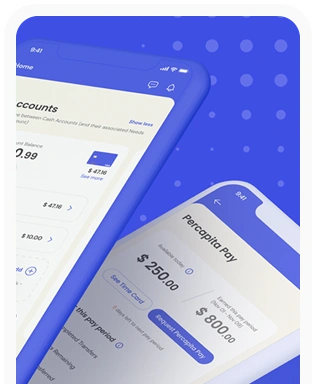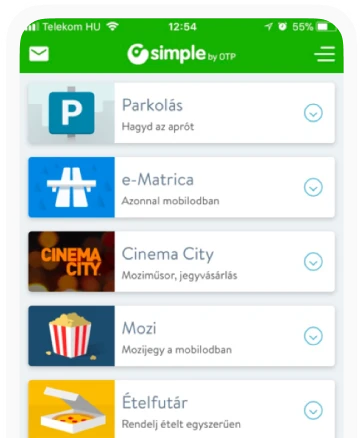How to Run a productive Design Critique
What is Design Critique?
Design critique is an approximately one-hour long, focused meeting intended to provide the designer with systematic and useful feedback on their design.
Design Critique helps build corporate culture
Design critique helps evolve an effective feedback culture. During a critique, feedback is not based on a subjective judgment but, instead, everyone proceeds from the same user goals and business goals as the designer.
Design critique helps develop simple verbal skills as well as professional language skills. Some people who speak easily, some find it difficult speaking to an audience. As with everything however, you can get a routine in this. If you talk to colleagues for a few minutes on a regular basis, you will be able to express yourself more smoothly and professionally – even to clients.
Design critique is mutual and democratic. Design critique is not based on seniority or dominance. In a design critique, it is not the “chain of command” that defines the roles, in other words, it is not always the senior colleague who tells the junior staff what to do. Everyone has the same amount of time to share their opinion, and nobody is allowed to dominate the discourse.
You can have a Design Critique about anything
Almost any artefact in the design process can be the subject of a Design Critique. In most cases however, it’s user interface elements (wireframes, sketches, prototypes) that we discuss in a critique. However, the method does allow discussing other design or UX artefacts such as flow diagrams or all kinds of conceptual diagrams.
The point is that the subject of a critique should reflect a mature concept and be on a reasonable level of preparedness, say between 30% and 70% – or, if you like, somewhere between cave art and a finished application.
You don’t need special equipment for a Design Critique
You need almost nothing to have a successful design critique. What you need however can all be found in a well-equipped meeting room. What is absolutely necessary: a meeting room available for about an hour, a timer, a projector or a large screen, and a sheet of paper for each participant.
Gather a small but effective team
The critique works best in a small team: besides the designer and the moderator, 4-6 people should be invited to a critique. Pay attention to heterogeneity when selecting the participants. It is best to invite people with medium affinity to the product, that is, people who are moderately familiar with the subject.
A Design Critique has three parts
- Presentation: The designer presents their design (10-15 minutes)
- Preparation: Team members make notes in silence (5 minutes)
- Critique: Team members give feedback to the designer one by one (30-40 minutes)
Use a timer to time-box the sections. It is the moderator’s job to pay attention to time and make notes on behalf of the designer. There is no need to have breaks between the sections. Before the presentation, the moderator briefly summarizes the basic rules of the critique. In the critique part, the participants give feedback in a row, without interruption. After the critique part – if time allows – there can be a debate, but it is not necessary.
Let’s see in detail what happens in each section.
Presentation: How to introduce your design effectively?
Present your design based on user goals or business goals. In what situations do visitors see these screens? What the visitors are supposed to do on these screens? How do these screens create value for your customers? This is important because, ideally, you will also receive feedback based on whether your design achieves these goals.
Here’s a few tips for you to help your team understand your design:
- Get ready for the presentation in due time, gather all relevant information in advance.
- In the email invite, summarize the most important information about the project or attach your design brief that you followed during your work.
- At the beginning of the presentation, tell your team how many screens you will be showing and their level of preparedness.
- At the beginning of your presentation, summarize the business goals or user goals of your design, or share your design brief.
- Share your dilemmas and decision points that have affected your work.
- Share the research findings, previous versions, user tests that have affected your work.
Criticism: How to give useful feedback?
- When you give feedback as a participant of a Design Critique, start with the same user or business goals that the designer presented before displaying the screens.
- Avoid subjective judgments, eg. “I don’t like this”, “It’s weird”, “That’s not how it should be done”, etc.
- Make sure to highlight the strengths of the design as well. What are the points where the design meets the requirements of the brief? Are there points where the designer is on the right track?
- If someone already said what you wanted to say, make sure to repeat it nevertheless. It does matter that the same detail – be it positive or negative – seems to be important for not just one person but to five or six.
- You can also formulate your feedback in the form of a question. Feel free to face the designer with a dilemma. “Why did you make that decision?” “Have you considered other options?”
- As a participant of a Design Critique, it’s not your task to find alternative solutions; a critique is not an “idea generation” tool. The designer is waiting for feedback on his own work.
It’s up to you what you do with the feedback
The Design Critique method assumes autonomous designers, that is, it is your decision which parts of the feedback you build into your work and which you reject.
The method does not say you must accept everything you are told on a critique. However, you are always responsible for your team, so if you do not accept their feedback, be prepared to justify your decision.
Remember: Everyone came to the critique to help you. When your peers give you feedback, it’s not you that they criticize, but your design. When the critique sessions ends, you may even thank them.









